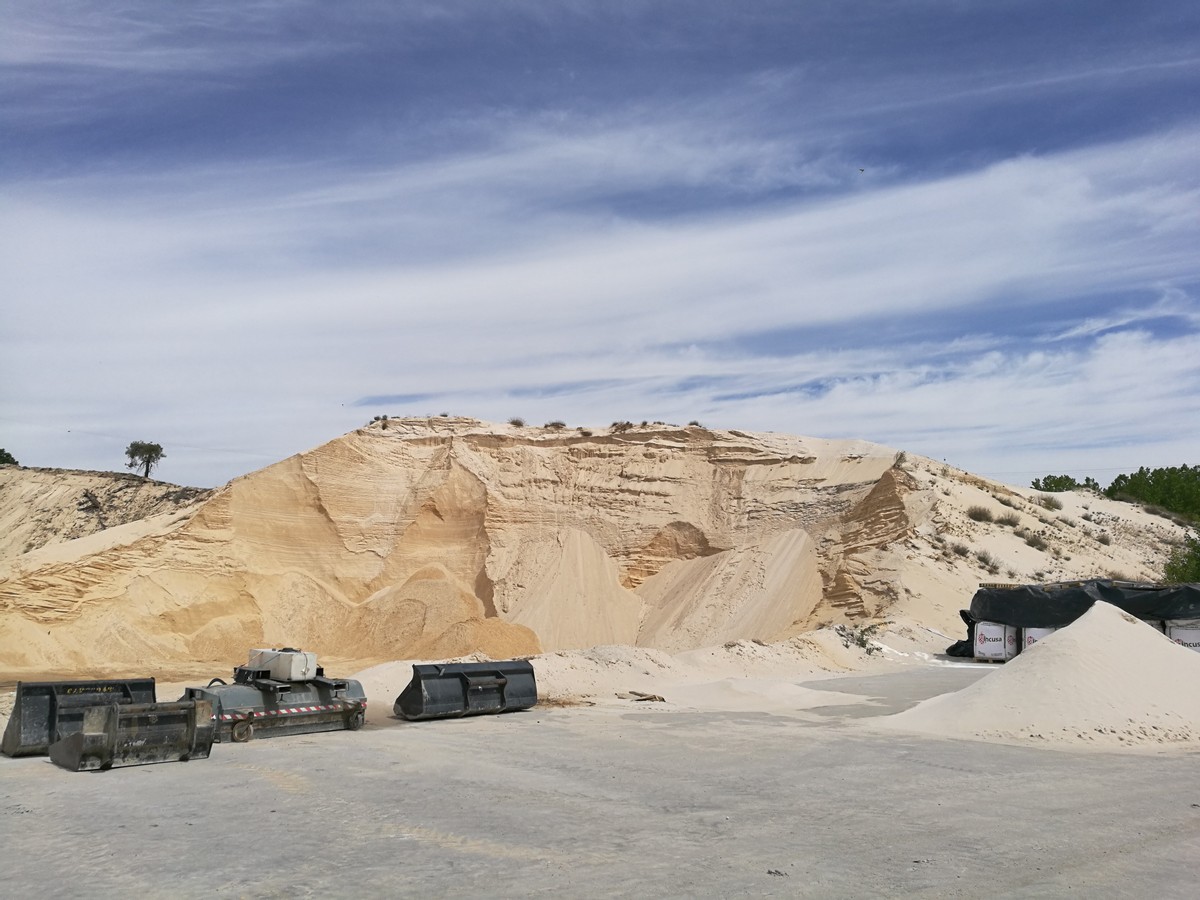
In part two I summarized what the new trends in mining are, now I dig into the topic a bit further: Digitalization, automation and safety are three of today’s buzzwords in the global industry irrespective of the type.
Firstly, digitalization in mining refers to the use of computerized or digital technologies and digitized data to reduce operational costs, improve productivity, and as a definitive goal transform the arduous labor-intense traditional mining practices. Secondly, automation in mining involves using information technology or machines to adopt repetitive tasks thereby taking the burden from the miners, and hence increasing safety at the workplace. However, these first two have had a less warm welcome in the mining sector compared to other industries, namely the automotive sector, due to mining’s traditional stance and resistance to change. Another fact that sometimes hampers automation resides in the peculiarities of the mining industry itself, which distinguishes from others by the unique technical and geological uncertainties and the special conditions of its operations , which set up unparallel requirements for every mine to which digital technologies must adapt.
Thirdly, a positive safety culture is essential to successfully run a business even more nowadays amidst the Covid-19 pandemic. The mining sector must adapt to the new normality by taking on new measures and protocols in order to mitigate the pandemic effects in production, and what is more imperative, assure workers’ health at the workplace beyond the current risks in the sector. Even though the first strike of Covid-19 in March negatively affected the mine industry worldwide, after some months the tables turned on mining and especially automation in mining. Containment measures such as enforcing physical distancing through one-way systems and staggered shifts, and reducing numbers of personnel gathered in one place are definitely incentives to drive the mining sector towards automation.
Admittedly technology breakthroughs in the mining sector, albeit slow, have made possible the transition from a physically demanding traditional mining to a more innovative, efficient and safe mining industry. However, compared to other industries, the mining industry is still risky due to the idiosyncrasies aforementioned. The adoption of new technologies does not imply immediate safety at the workplace, for it is a stepwise process where human behavior plays an important role too. In fact, despite the myriad of technology solutions that have been implemented, some challenges remain meanwhile others emerge.
We can see that in order to achieve technological and safety progress in the mining industry, acceptance of new technologies by the workers should be fostered since humans are the strongest link in the safety chain. If not all the workers are on board, the implementation of new technologies will be a lost investment.
Adriana I really enjoy reading your texts! They are well written and very interesting!
Thanks for taking your time and showing me your interest! :) Maybe one day I can reach this level in German (he he one day in a far far away future though) :P
Wonderful text! And thank you for your feedback on my Spanish text :). Your English is quite advanced, and basically all the changes I suggest are to slightly improve your word choice! I'm happy to continue to look at your texts and would definitely appreciate your help with my Spanish.
Thanks! you got it! ;) Always happy to help!